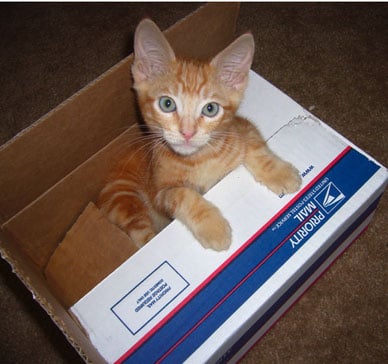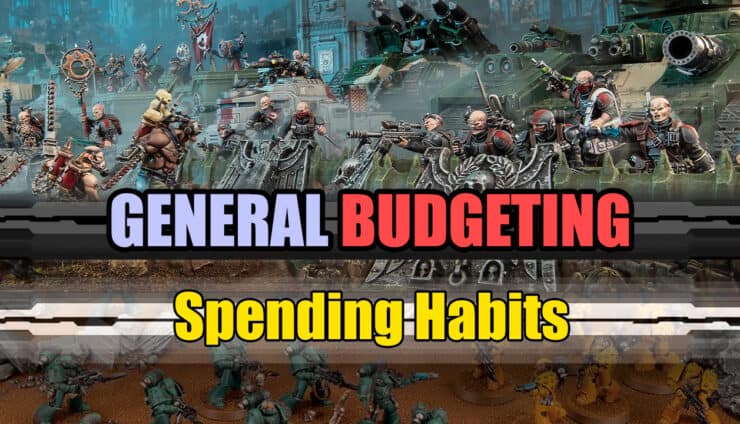Got Paint? Well check out this article on erm, how to strip, by Red Stick Studios!
So, who hasn’t had one of these problems, or something similar?
Test model that needs to be cleaned up, miniatures from ebay that have way too much paint on them, getting more skilled at painting and deciding to redo a unit, primer fuzzing, wrong colour, paint scheme doesn’t look right and more.
Rather than throw these models out, why not take the time to strip them, and reuse them rather than throwing them aside?
All too often I see results being the person gets frustrated and throws out the models in a moment of madness, they give them away to a “new player” so they don’t have to deal with it, or they just purchase new models to take the place of the ruined ones. Any of these options get rather pricey after a while, so why not just strip them and save yourself some cash?
 |
| Batch of miniatures used to explain how easily the product “Tuff Strip” works. |
 |
| Miniatures after stripper product applied, and removed with a Sonic Scrubber. |
Common Myths:
1. It takes too much time. False.
This is all dependent on the method you strip the models with. If they are metal, you can have them done in as little as 20-30 minutes. For plastics, it depends on how much paint is on them as to how long it will take. It can be as little as 1-2 days of soaking to upwards of 7-10 for heavily coated or very large miniatures.
2. It’s too painstaking. False
With stripper designed for metals, you spray it, let it sit, and wash it off. For the most part, you don’t have to do a lot of scrubbing, and if you missed areas, you can dry the figure off and repeat the process as often as necessary. Most metal strippers only need to be left on about 5-10 minutes. With plastics, you put the model in the container, fill with simple green, and leave it, changing it as often as necessary until the model is stripped. With either choice you can scrub on it if you want to, but you don’t necessarily need to.
3. It’s cheaper to buy replacements than to spend time fixing it. Absoutely false.
With modeling companies adjusting prices due to product costs, or line changes (such as the GW Finecast switch), this is no longer a sensible answer for 99% of miniatures. The only way this could be accurate is if you’re talking about the low cost Reaper D&D miniatures, for the small ones, cost an average of under $10.00.
Here’s the math on this one:
1 can of Tuff-Strip (about $7.50 with tax in most states, can be purchased at Lowes) can strip an average of 50-75 infantry sized (28mm base size) models. So, for example a Chaos Bloodthirster miniature costs $57.75. This doesn’t tax, pinning material, glue or rapid cure. (What is rapid cure you ask? It is a product designed to speed the drying time of super glue to near instantaneous.) So if you chose to rebuy this, rather than strip it, you’re looking at a cost of about $60-65.00 including tax for the miniature, versus the can of stripper cost ($7.50) plus a metal disposable pan for it (Available quite cheaply, about $2.00 range) $2.50, so a total of $10.00 for the investment, saving yourself approximately $55.00. Beautiful part about the can, it’s an investment that keeps on giving, until it runs out. You then can strip other models that you’ve been meaning to, since you picked it up, which keeps saving your more money on top of the initial numbers. On average you can save yourself upwards of $200.00 with a single can, or more.
4. It doesn’t clean green stuff/putty off, I then have to do that. False, for the most part (there are always exceptions when new products are released, or products not designed for the hobby are used).
I’m not saying there’s not a putty the metal stripper won’t eat, but I haven’t found one yet. For the most part with simple green it will loosen the bond with most putties, and they will separate from the miniature. It doesn’t always work this way, sometimes it just doesn’t happen the way you plan on. The product isn’t always perfect, but will perform to a minimal expected capacity to remove the paint from metal components.
Important Information Regarding Stripper Products
– Yes the metal strippers DO SMELL BAD. Follow the instructions on the can, ensuring you use them in a well ventilated area, and with proper PPE (Mask, rubber gloves, safety glasses, and external ventilation if possible).
– Other than simple green, which can irritate your skin, DO NOT handle models sprayed with any type of stripper without rubber gloves of some form on (If you’re using latex/nitrile gloves make sure to double layer them, that way you can simply take the outer layer off and keep clean gloves against your skin at all times) while handling them.
– Depending on how much you’re using of the spray stripper, you may wish to consider a respirator of some form, or a simple dust mask.
– Make sure with strippers designed for metal, you use a METAL container for the stripping process. 99% of strippers will EAT plastic, which releases toxic fumes, so it’s a two fold bad idea.
– Don’t smoke directly around the stripper, either before or after you’ve sprayed it. Move the models, or yourself so there’s about 20 feet or so between the two components. It prevents the inhalation of the toxic fumes if you smoke while waiting the ten or so minutes.
– When you use simple green, you need to have a securely closing lid. It loses most of it’s capability if you don’t keep a securely fitted lid on the container. Also, when you gently shake the container to shake up the models gently every few hours so the simple green effectiveness can be maximized, a lid facilitates that.
~*~*~*~*~*~*~*~*~*
Recommended Shopping list for Stripping Miniatures
– Your stripper of choice (Simple Green for plastic, and/or resin components and Tuff Strip for Metal are my recommendations)
– Rubber Gloves
– Container for the model (Remember, metal container for stripping metal models; you could even use a soda can for a single miniature, and a clear plastic one with a securely fitting lid for using simple green)
– Something to Scrub with ( Tooth brush, or a recommended investment, a Sonic Scrubber found at Wal-Mart for $10.00)
– Well ventilated area to spray and let model sit (metal), or a good place to store the container while the miniature soaks that’s out of reach of the little ones or pets (plastic)
– Sink to wash model off, and scrub it. Make sure you’re not going to ruin the sink, and if there’s a chance of it, find an alternate location so you don’t ruin expensive items!!
– Strainer of some form for the sink to prevent chunks of paint from going down the drain and subsequently clogging it, also to prevent the loss of tiny pieces.
– Paper towels to spread model(s) out to dry
– Clippers, or pair of pliers that won’t damage the model while moving it around.
~*~*~*~*~
Interested in seeing a step by step guide for stripping metal miniatures? Let me know by posting below!
You can also checkout Red Stick Studios, or contact them at redstickstudio@gmail.com for more great hobby tips and more! -MBG






